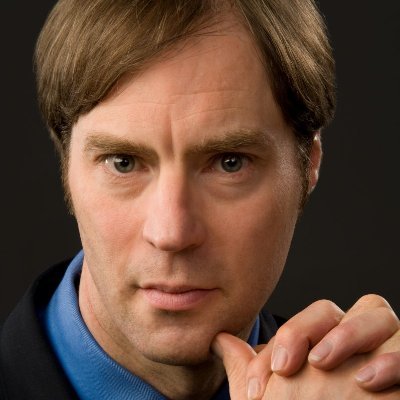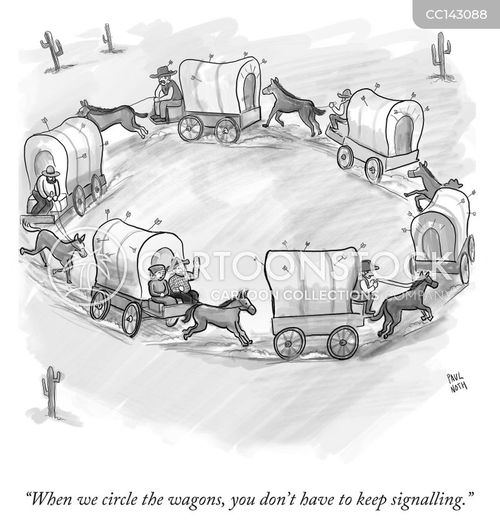@AN2
In response to James’ post explaining that he has no answer to the origins of the universe or how the first living cell could have arisen….
Your reply is as revealing as it is evasive. Nobody asked for a lecture on what the Big Bang is or the definition of evolution. These deflections are a hallmark of those unwilling to confront the real issue: the first cause. Evolutionists, much like you, are always eager to quickly sidestep the foundational questions—what brought the universe into existence, and how did life arise from non-life?
Instead, you lean on ignorance as if it were a virtue, suggesting that having no answer is somehow superior to considering the possibility of an intelligent Creator. But let’s be clear: the universe’s fine-tuning and life’s intricate complexity demand an explanation. If naturalistic frameworks fail to provide one—and by your own admission, they do — then what is left, but to acknowledge the reasonable conclusion of design? Your refusal to address the first cause only underscores the intellectual weakness of your position.
Now let us imagine the moment what you think MUST have happened when non-living matter supposedly transitioned into the first living cell. First, a random confluence of chemicals must assemble into amino acids and nucleotides—the building blocks of proteins and RNA—under just the right conditions. These molecules must then spontaneously organize themselves into intricate chains with precise sequences, forming functional proteins and RNA capable of both self-replication and catalysis. Simultaneously, lipids must gather to create a stable, semi-permeable membrane to encapsulate these molecules, protecting them while allowing selective interaction with the environment. Then, these components must begin working together in a coordinated system—metabolising energy, copying genetic material, and repairing themselves. All of this MUST occur without external guidance in an environment filled with destructive forces such as UV radiation and chaotic molecular interactions. To believe such an event occurred by chance is not just improbable—it borders on probability far beyond the miraculous. The statistical likelihood of such a sequence of events unfolding unguided is so astronomically low that it makes any appeal to random chance a greater leap of faith than belief in a Creator.
View: https://youtu.be/oxxs_kFfS-s?feature=shared
This video clip above vividly illustrates the improbability of a single functional protein forming purely by chance. By using an extreme hypothetical—a slow-moving amoeba traversing the observable universe and transporting atoms one at a time—it emphasises the astronomical time scales and odds involved in random molecular assembly.
The analogy highlights the following key points:
1. Scale of Impossibility: The time required for a single protein to self-assemble, according to this hypothetical, vastly exceeds any conceivable physical or cosmological timeframe. This underscores the statistical unlikelihood of such an event occurring through unguided processes.
2. Improbable Precision: Proteins are not random assortments of amino acids. They must have specific sequences to function correctly. The odds of achieving even one such sequence without guidance are staggeringly low.
3. Time Beyond Comprehension: The amoeba's journey across the universe—and its task of transporting all atoms in the cosmos multiple times—serves to give a relatable yet mind-boggling visualisation of the timescales involved.
While the amoeba itself doesn’t represent a physical necessity in the process, it serves as a storytelling tool to convey the argument that the timescales for random protein formation are so vast that they exceed the lifetime of the universe many times over. This leads to the conclusion that chance alone is an insufficient explanation for the origin of life.
The underlying argument is clear: chance alone cannot account for the emergence of life’s building blocks. This points toward the necessity of a guiding intelligence or mechanism far beyond what naturalistic explanations can provide. It’s an elegant and strikingly powerful critique of the idea that life could emerge randomly from non-life. While James tries to brush these kinds of impossible events off as 50/50 in terms of chance ("They either happened or didn't happen") reality offers a very different outlook.
)



